Tbilisi: First pronounce it, then go there

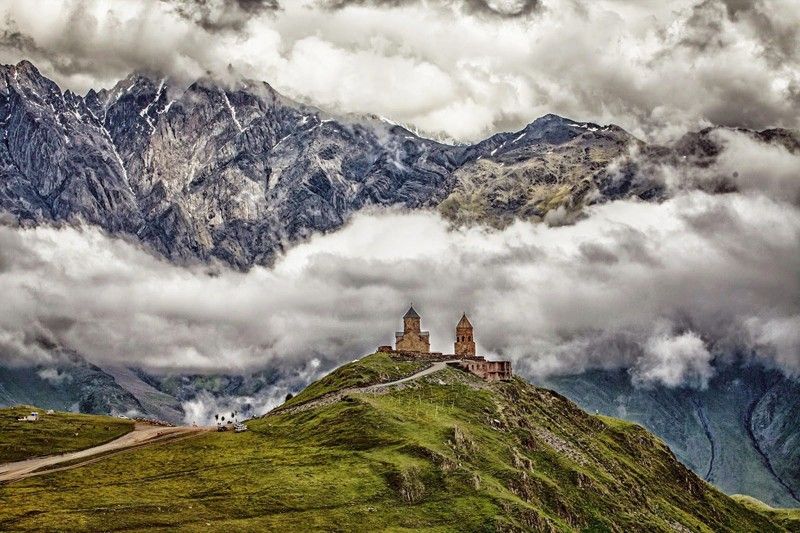
Georgia is one of the oldest wine-producing regions of the world. The fermented beverage plays a central role in the famous process of Georgian hospitality, standing as a symbol of friendship.
Traveling to unique destinations is truly a blessing. There are places that one can simply imagine in one’s dreams. A recent trip to Tbilisi in Georgia proved this.
Georgia is the northernmost Caucasus country located in this quarter slip of land, nuzzled between the Black Sea and the Caspian Sea, below Eastern Russia, with Turkey and Armenia and Azerbaijan to the south and east. Now here’s where the geographical dilemma commences. Is Georgia in Europe or Asia? Some will argue that it stands east of Turkey, which is like the “gateway to Asia,” but culturally it identifies closer to Europe.
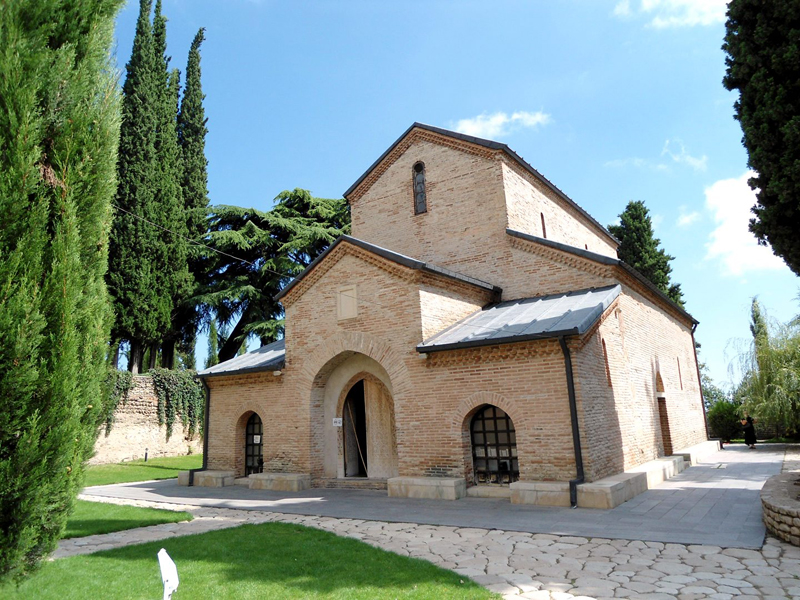
The Monastery of St. Nino at Bodbe is a Georgian Orthodox monastic complex.
A slim city that lies in the gorge of the Mt’k’vari River, Tbilisi has large Russian, Armenian, Azeri and Jewish minorities living peacefully side by side. Most people speak both Russian and Georgian, and often more languages. The right bank of the river is home to the charming old town, the sulphur baths and the dramatic Mother Georgia monument, while the more modern left bank is perched on a clifftop giving views of the old town.
Tbilisi, which translates to “Warm Spring,” was founded in the 5th century by Georgian King Vakhtang Gorgasali. Strategically located at the crossroads between Europe and Asia and lying along the Silk Road routes, Tbilisi became a significant industrial, social, and cultural center. Much of the city’s vast history can be still seen in its architecture today.
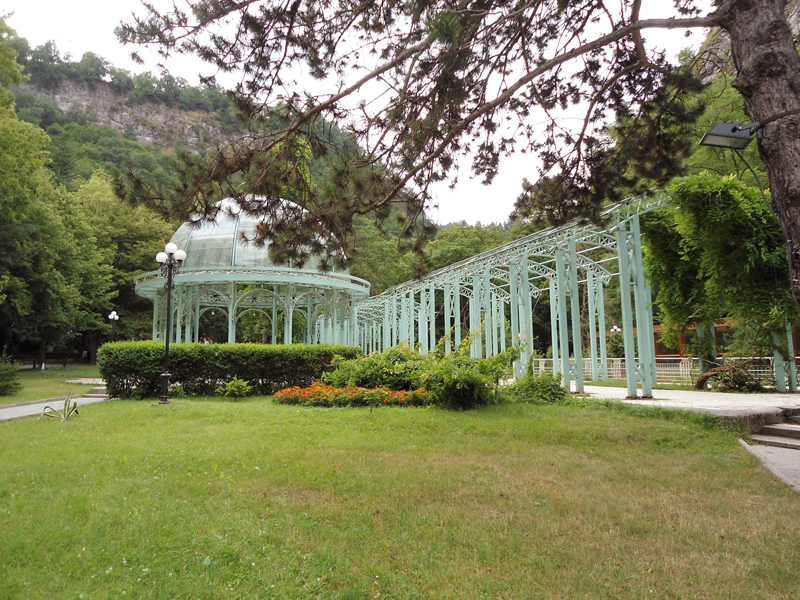
Relax at the Borjomi Central Park.
We drove to Mtskheta, the capital of the early Georgian kingdom of Iberia and a site of early Christian activity. This important religious center and city-museum is inscribed on the UNESCO World Heritage List. On top of the mountain at the confluence of the Mtkvari and Aragvi rivers, we stopped along the way to visit the Jvari Monastery (6th century). Jvari’s interior is no less harmonious: pure, sound and complete classics enchant with its perfection. From the inside, the church is decorated in mosaic, which has survived only in fragments.
Moving to the northwest of Tbilisi, we then proceeded to Svetitskhoveli Cathedral (11th century). This UNESCO World Heritage Site is also known as a place where Christ’s mantle was buried. It remains one of the most venerated places to worship to this day.

Uplistsikhe is an ancient rock-hewn town in eastern Georgia, some 10 kilometers east of the town of Gori.
We continued our journey to the Ananuri complex, residence of the Eristavi (duke) of Aragvi. This castle was the scene of numerous battles and has been on the tentative list for the World Heritage Site program. We were delighted with scenic mountain landscapes as we passed by the valley along the Gudauri ski resort straight to Kazbegi, a small village located in the Greater Caucasus Mountains.
Situated on the right bank of river Chkheri is the Gergeti Trinity church. Positioned above the village, we were greeted with an incredible view of the mighty Mount Kazbek and the valley below. Truly a brilliant masterpiece of nature, mount Kazbek is worth traveling into the mountains to visit. We continued with a drive towards the Georgian–Russian border to the Gveleti waterfall.
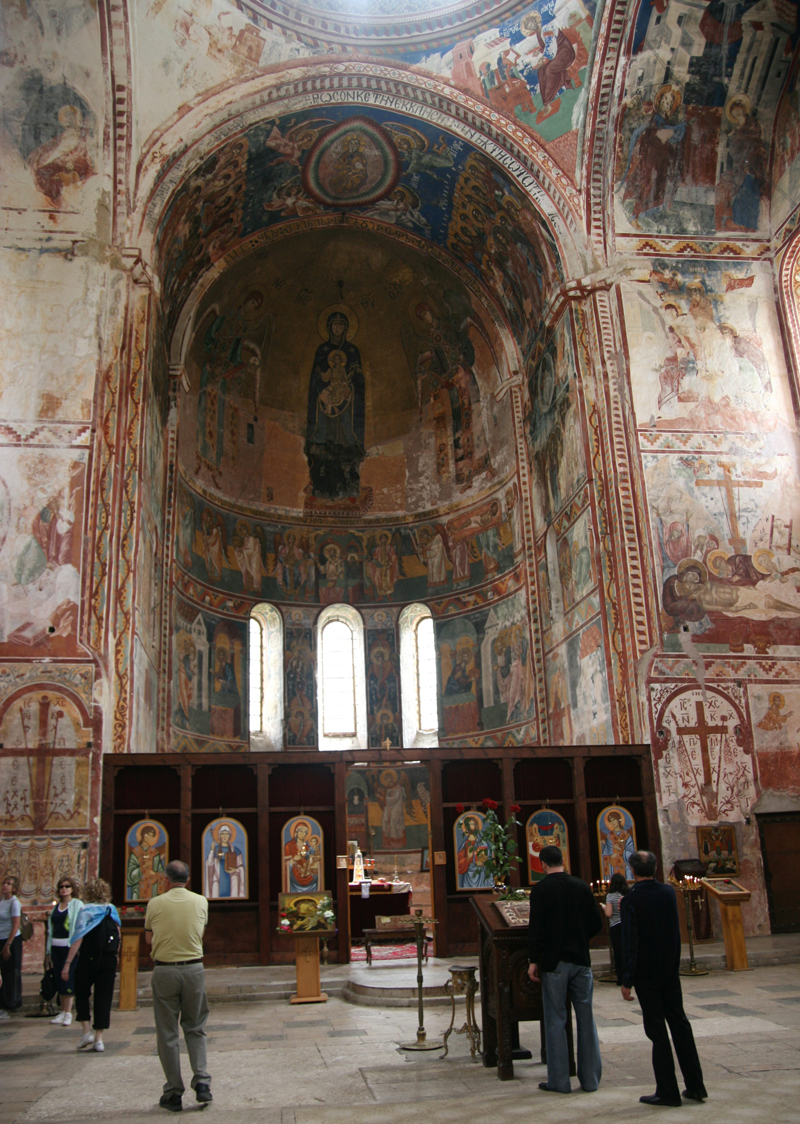
Gelati is a medieval monastic complex near Kutaisi in the Imereti region of western Georgia.
Exploring the vibrant capital of Georgia, we strolled in the lively medieval city center — small yards encircled by galleries, steep street stairs and houses patterned balconies create picturesque images of Old Tbilisi. Begin in Metekhi (13th century) plateau before taking a cable car to Narikala Fortress (14th century), which dominates the skyline of the Old Town — offering the most exquisite views in all of Tbilisi. Comprised of two walled sections on a steep hill between the sulphur baths (17th century) and the botanical gardens, Narikala is a symbol of Tbilisi’s defensive brilliance.
You could opt to have an invigorating bath and massage at the district of naturally hot mineral waters, the famous brick-dome underground sulphur baths. Then move to the colorful café street Shardeni, Synagogue, Georgian Orthodox Sion Cathedral and the ancient Basilica in Tbilisi Anchiskhati (6th century) — the oldest surviving church in Tbilisi.
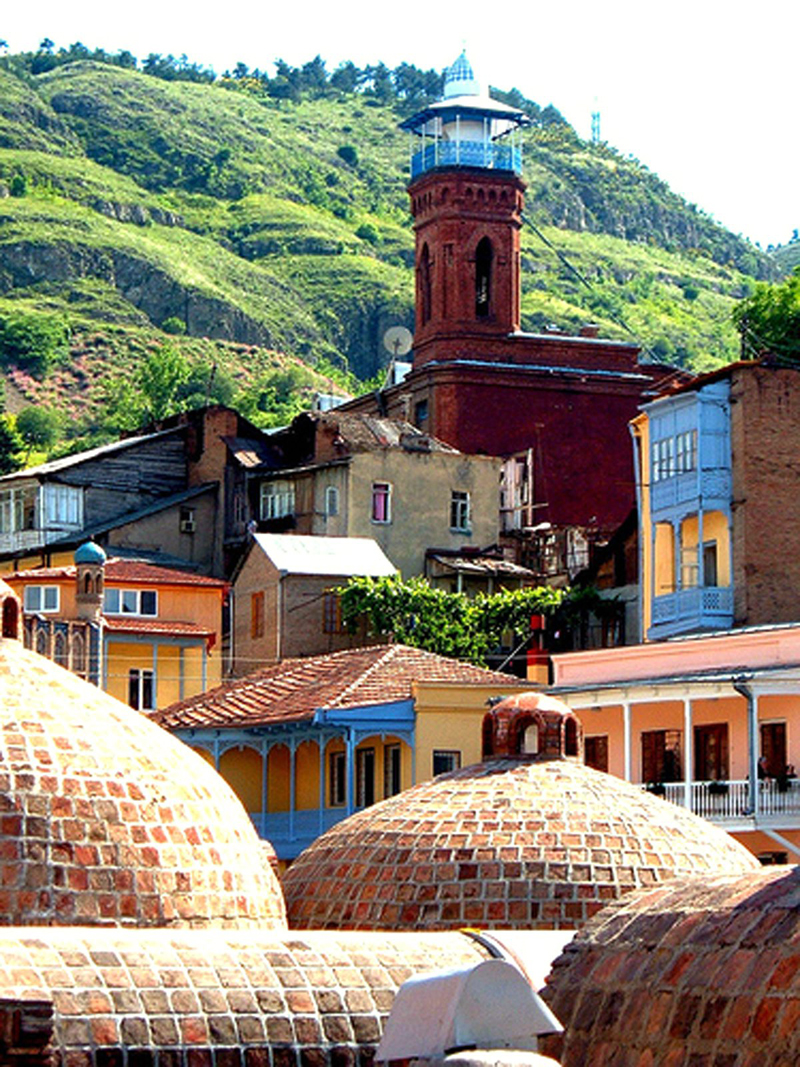
Steep street stairs and houses with patterned balconies create picturesque images of Old Tbilisi.
Georgia, deemed the “cradle of wine,” is one of the oldest wine-producing regions of the world. The fermented beverage plays a central role in the famous process of Georgian hospitality, standing as a symbol of friendship.
In the eastern part of Georgia lies Kakheti, one of the best-known regions in Georgia that produce wine. Along Kakheti is the Bodbe Monastery, a Georgian Orthodox monastic complex. Originally built in the 9th century, the monastery now functions as a nunnery and is one of the major pilgrim sites in the country.
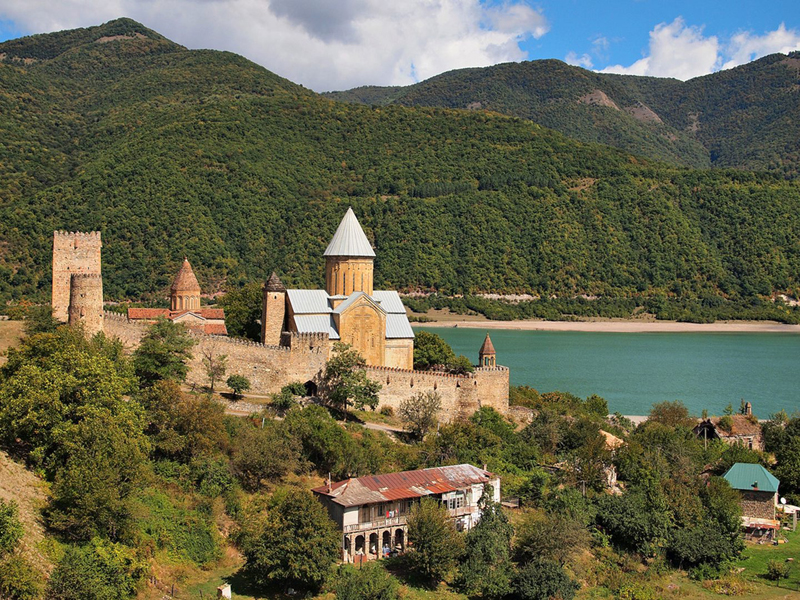
The Ananuri complex was a castle and seat of the eristavis (dukes) of Aragvi, a feudal dynasty that ruled the area from the 13th century. The castle was the scene of numerous battles.
Moving to Kutaisi, the second largest city of Georgia, we traveled to Gelati Academy and Monastery — a monastic complex in the region of Imereti, this western Georgian region was founded by King David IV, the builder, in 1106. The founding of Gelati is tied to the cultural renaissance of Georgia. It was considered one of the biggest religious, educational, scientific and philosophy centers of Georgia during the 12th to 13th centuries.
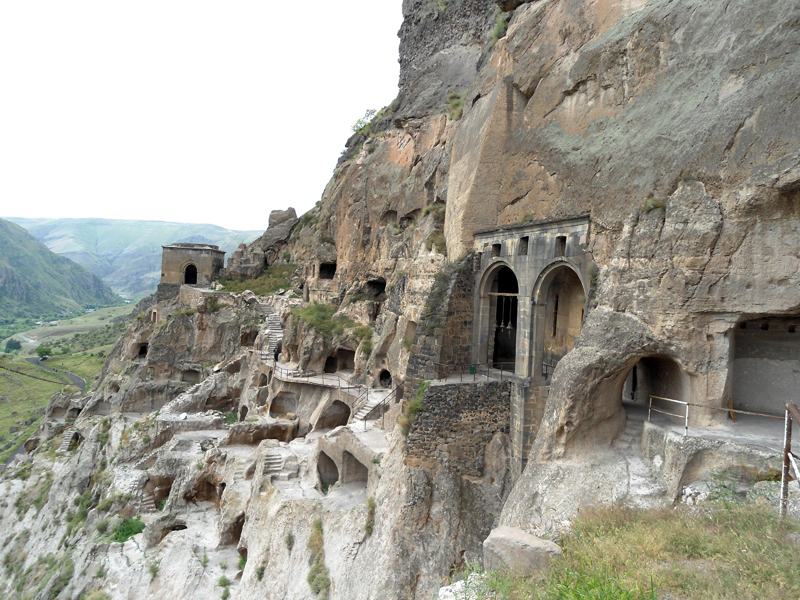
Vardzia is a cave monastery site in southern Georgia, excavated from the slopes of the Erusheti Mountain.
Some of the other country highlights include Uplistsikhe, an ancient rock-hewn town in eastern Georgia. Placed on a hillside, this ancient cave town with exceptionally carved interiors is a unique destination not to be missed. This place used to be a rest stop for merchants on the Silk Road. A tunnel was hacked behind a rock for villagers to enable escape in case of attacks. Another intriguing spot worth visiting is Vardzia in the southern Georgia, a spectacular cave monastery situated in Aspindza. Vardzia inspires a sense of amazement to the beholder and takes one way back in history.
If you can dream it, you can believe this place of beauty and culture exists. What are you waiting for?
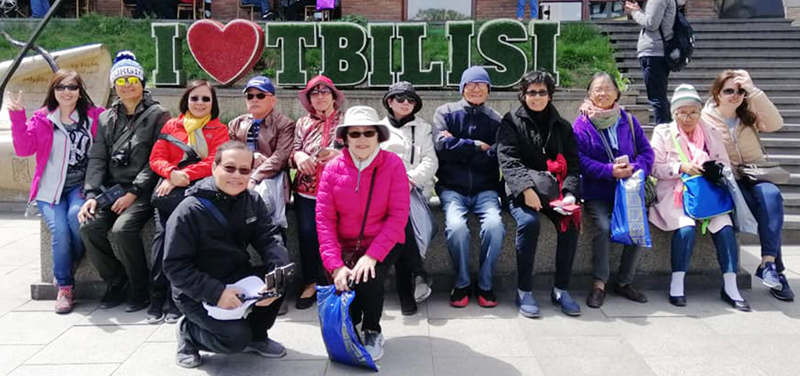
The gang is all here in Tbilisi: (Front row) Joseph and Penny Liao; (back row, from left) Cecile Angelia, Dr. Dick Angelia, Nema Ocon, Cris Constantino, Maura Constantino, Virgie Reyes, Felix Copiaco, Leny Reyes, Fely Alinao, Violy Sagla and local guide Nina
* * *
Email the author at miladay.star@gmail.com.
For inquiries on Georgia, call Adams Express Travel at 521-1651/ 1638/ 1698 fax 521-2255. Email adamstravelcorp@yahoo.com, www.adamsexpresstravel.com.



















